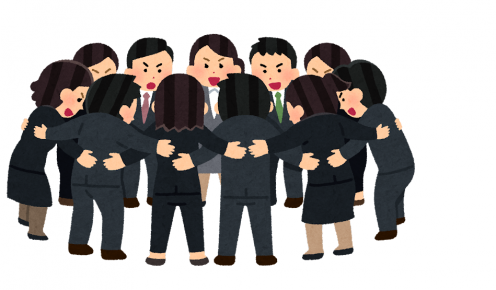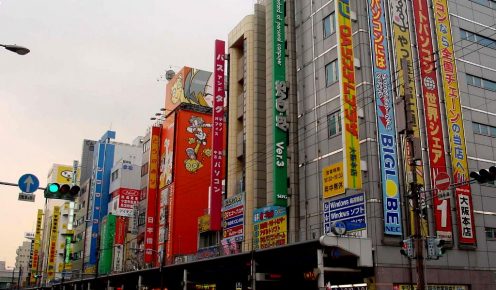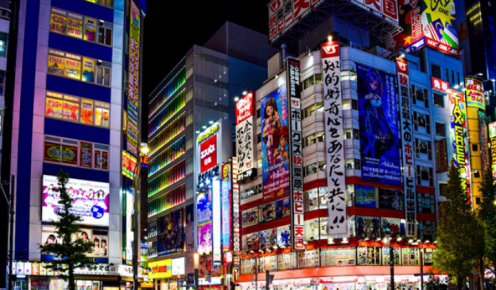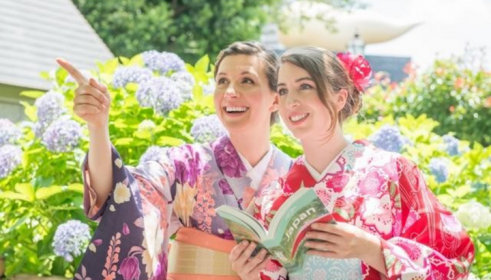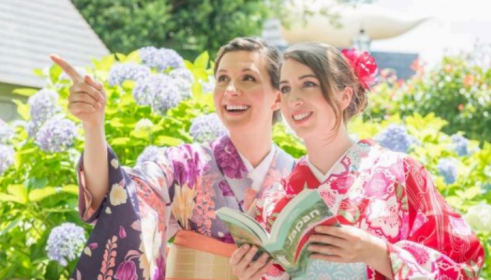Japan is a country known for its technological advancement and innovation. But this aspect of Japan shows only one side of the coin. The other side of the same coin shows the eco conscious living in Japan. Respecting and protecting the environment is a part of Japanese culture. Despite being technologically advanced Japan embraces eco conscious living with as much enthusiasm. In this post I will discuss some of the concepts or ideas in Japanese that influence this mindset of eco conscious living.
1.Mottainai: Minimalism

Mottainai is a concept in Japanese that translates to the regret of wasting something. It is a concept that tells people to minimize consumerism and avoid wasting things. It is similar to the concept of Reduce, Reuse, and Recycle. Mottainai teaches people to embrace minimalism and avoid wasting things.
2.Satoyama: Harmony Between Humans and Nature


Another beautiful concept in Japanese that embraces eco conscious living is Satoyama. This concept is about humans and nature living in harmony with each other. So, we can say Satoyama is a place where humans are coexisting with nature in a way that the environment is protected and well maintained. These are places where activities like farming, fishing, cooking, etc. are done with an awareness and care towards others and nature. It is a place where harmony between humans and nature is of the utmost importance.
3.Kintsugi : Finding Beauty in Imperfection

As we have already explained this topic in detail in many of our other articles, it is a concept that teaches us the value of things even if they seem broken for now. “Kin” in kintsugi means “gold” and “tsugi” means “joinery”. This concept is derived from the old tradition of Japan, where crockery would break by accident. People would join all of its pieces back by using molten precious metals like gold or silver. This would make the vessels or plates even more precious and beautiful.
4.Furoshiki: Sustainable Packaging

Furoshiki is a type of wrapping cloth used for packing things like lunch boxes in Japan. It is a much more sustainable and healthier option for packaging than using plastic materials. Although it is a very old tradition, it is still very popular in Japan.
This cloth comes in many different patterns and designs to enhance the aesthetic appeal of the things. It is beautifully wrapped around a gift or some other thing like that to elevate the experience even more.
5. Komorebi: Sunlight Filtering Through Trees
You must have seen this phenomenon where sunlight is filtering through trees. It looks very beautiful to witness such a thing. This scene in Japanese is called Komorebi. Komorebi evokes a feeling of serenity and calm in people. It is a beautiful view that embraces the importance of trees in the world so that we can rest in its shades and also embrace enough sunlight. Komorebi teaches us to take care of our beautiful environment and promote activities like reforestation and preservation of greenery.
6. Bento: Sustainable Eating Habits


You may already be aware of this concept of bento boxes in Japan. These are lunch boxes filled with healthy and nutritious meals and have a balanced portion size. These tasty lunches promote mindful eating, meaning enjoying every bite of the food and chewing it well. It also promotes not taking excess food and avoiding wasting food. Bento boxes can be made at home or be bought from convenience stores. These tasty lunches come with a variety of options and have something for everyone.
7. Sento: Public Bathing

Japan is known for its tradition of onsens(hotsprings) and sentos(bath houses). Sentos are very popular public bathhouses in Japan. It is a place for rejuvenation, relaxation and socialization. This tradition not only gives people a chance to relax with a shared space but also advocates for the saving of water as a valuable resource. So, the next time you visit Japan, don’t forget to go to your nearest sento and experience this amazing tradition.
8. Washi: Sustainable Craftsmanship

Washi is a type of traditional Japanese paper. This type of paper is made by hand using fibers of the mulberry plants. This technique of papermaking utilizes environment friendly materials, causing minimal harm. This type of can be used in multiple ways such as notebook paper, interior wallpapers, and even sliding doors.

Conclusion:
I hope you liked learning about these new concepts of Japanese culture that teaches us to be aware of our surroundings and ourselves. Harmony with the environment is a very important thing in Japan. From various insightful concepts and philosophies this feeling of care for nature is passed down to next generations.
To learn more about Japan and the Japanese language check our website Nihongomax.com and YouTube Nihongomax.



